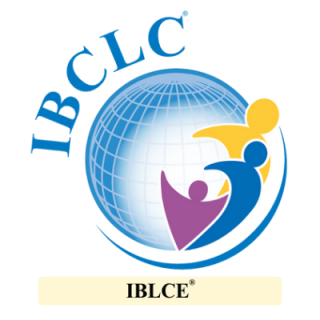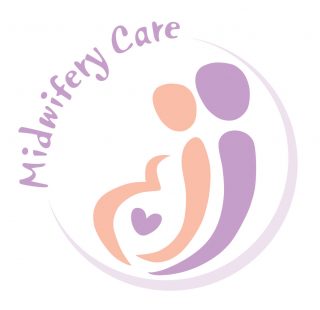MOTHERHOOD
Pelvic floor exercise groups
FIRST AID SEMINAR FOR NEWBORNS, INFANTS & CHILDREN
As parents, we often find ourselves facing dangerous situations involving our child — such as choking on food, falls, burns, febrile seizures, bleeding, nosebleeds, broken teeth, or poisoning. Unfortunately, many of us lack the essential knowledge needed to provide immediate and potentially life-saving first aid until professional help arrives.
Recognizing this need, we are organizing a family-focused first aid class in collaboration with certified midwife and first aid instructor Anna Konovessi.
Join us to learn:
– CPR (Cardiopulmonary Resuscitation)
– How to respond to choking (food obstruction)
– Wound care and bleeding control
– Nosebleeds
– Febrile or epileptic seizures
– Burns
– Tooth injuries
– Poisoning
– Immobilization after serious injury
– Recovery position
– Bandaging injured limbs (practiced on training mannequins)
Let’s empower ourselves with the right tools and confidence to protect our children when it matters most.





